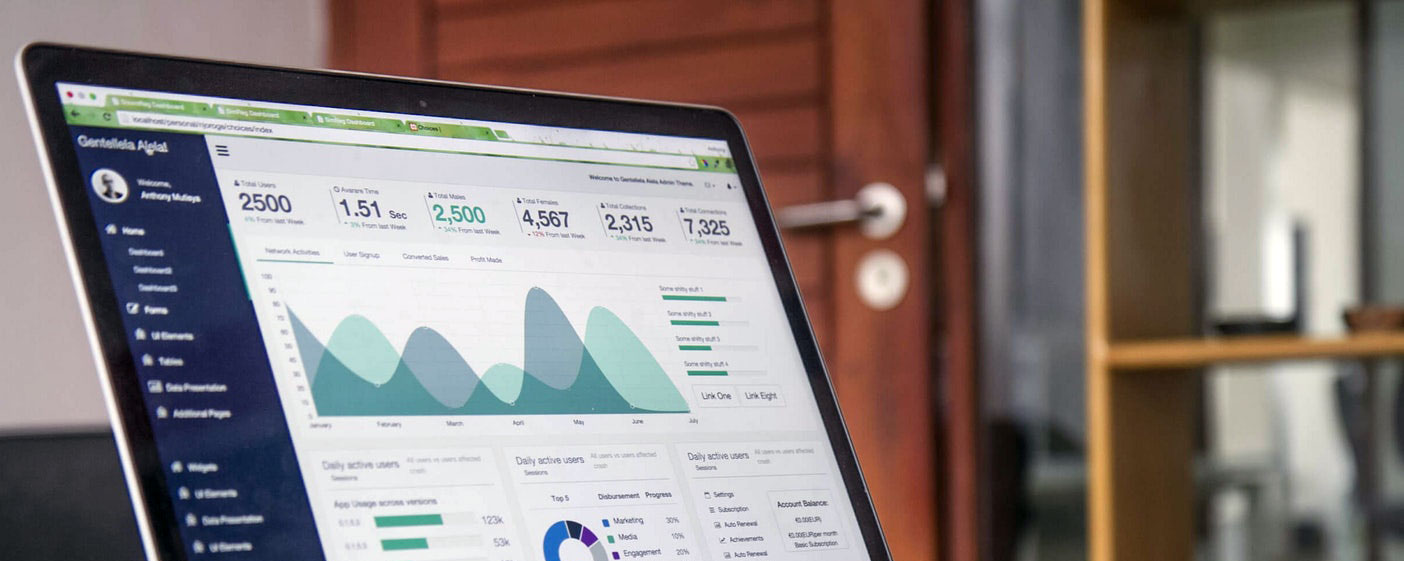My most frequently asked questions about prenatal & postpartum exercise
Is working out while pregnant safe for my baby?
This is always the #1 question pregnant women ask about prenatal exercise and the answer is largely, yes! Unless you have a pregnancy complication or have been instructed otherwise by your healthcare provider, exercising while pregnant is completely safe. Contrary to an old belief, prenatal exercise does NOT cause a miscarriage. We now know that prenatal exercise actually has several benefits to the developing baby including being a contributing factor for healthy growth, reducing preterm birth and low birth weight, and improved cognition of the baby after birth.
Is working out while pregnant safe for me?
Unless you have a pregnancy complication or have been instructed not to exercise by your healthcare provider, prenatal exercise is not only safe it is recommended. The American College of Obstetrics and Gynecology (ACOG) recommends 30 minutes of physical activity 5 days a week for pregnant women. Prenatal physical activity is a contributing factor for increase incidence of vaginal delivery as well as lower incidence of cesarean delivery, excessive gestational weight gain, gestational diabetes, gestational hypertensive disorders, preterm birth, and lower birth weight. It can also help keep you comfortable throughout pregnancy and be a mood booster.
Are there types of exercises I should avoid while pregnant?
It is generally recommended that contact sports such as soccer, basketball, rugby, etc. be phased out by the second trimester, extreme sports and activity with significant risks of falls such as skiing and horseback riding should be avoided. Front loading exercises such as crunches, planks, pull-ups, push-ups, and leg lifts may not be advisable past the first trimester.
What about strenuous weight lifting or resistance training?
While resistance training is a safe activity for pregnant women if done in moderation with safety protocols in place, strenuous bouts of weight lifting is not recommended. Even highly trained athletes will need to tailor their resistance training during pregnancy to prevent diastasis recti and prolapse.
What is diastasis recti?
Diastasis recti, or abdominal separation, is a normal and necessary adaptation for the pregnant body. As the uterus expands and the fetus grows, the two rectus abdominal muscles will separate to create more space. Diastasis recti also involves the thinning and stretching of the linea alba, or the connective tissue between the two rectus abdominal muscles. If left untreated, this results in the saggy, "mummy tummy" and can even cause core and pelvic instability and back pain. Modifications in exercise should be made to manage DR both during pregnancy and after delivery.
What is prolapse?
Pelvic organ prolapse, or more commonly referred to simply as prolapse, occurs when pelvic floor muscles and ligaments stretch and weaken and no longer provide enough support for the uterus. As a result, the uterus slips down into or protrudes out of the vagina. The pelvic floor muscles and connective tissues are responsible for supporting pelvic organs such as the bowels and bladder and uterus and vagina in females. Again, modifications need to be made to prevent prolapse during pregnancy and after delivery.
Am I really cleared to return to exercise at 6 weeks postpartum?
My honest answer... No. I truly believe that women going from 6 weeks of exhausted "recovery" to running is a recipe for disaster. Would we advise someone with a broken leg to go on a run the minute their cast was removed? Absolutely not! I believe that a certain amount of foundational reconditioning, mobility and strengthening, needs to be accomplished before we jump back into postpartum exercise. Small steps lead to big results!
Can I really stop peeing my pants when I run, jump, laugh, or sneeze?
Absolutely, yes! For far too long urinary leaking has been viewed as a "normal" consequence of motherhood but I am here to assure you that you do not have to live with it forever! Will it magically disappear? Of course not. You will have to make a commitment to give the effort required for change but we can do this in small, manageable steps that lead you to a better quality of life without pads!



